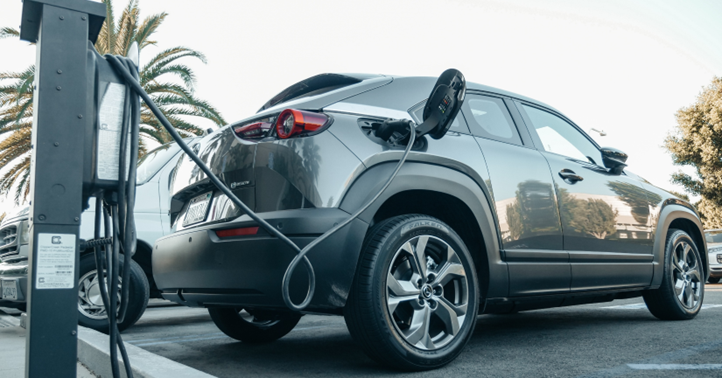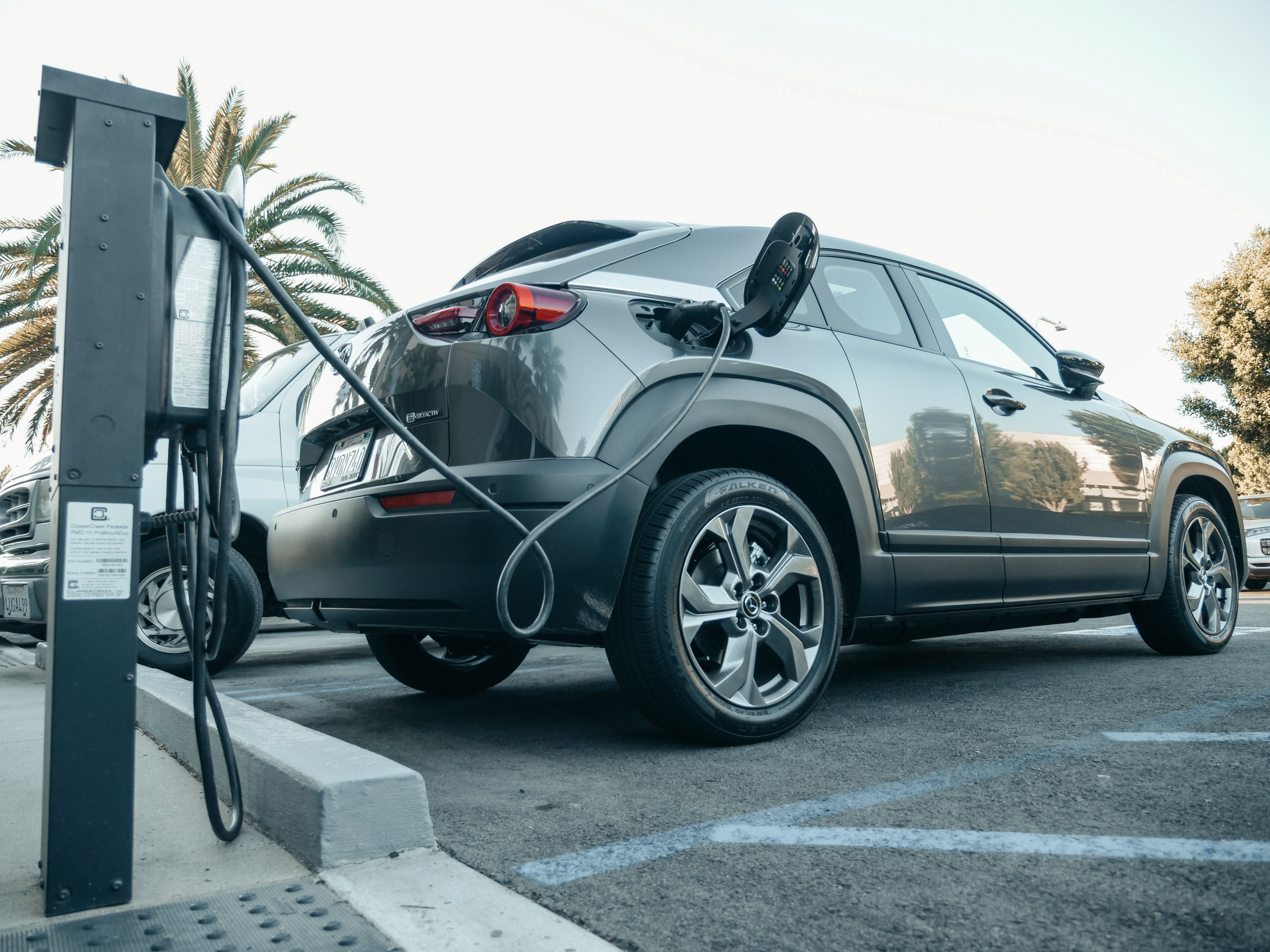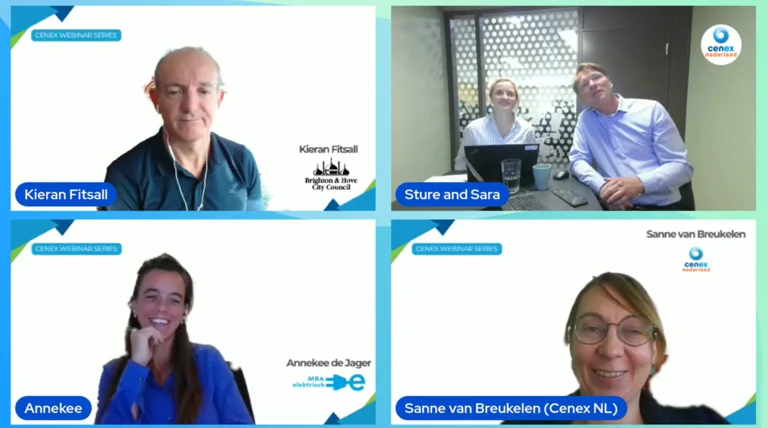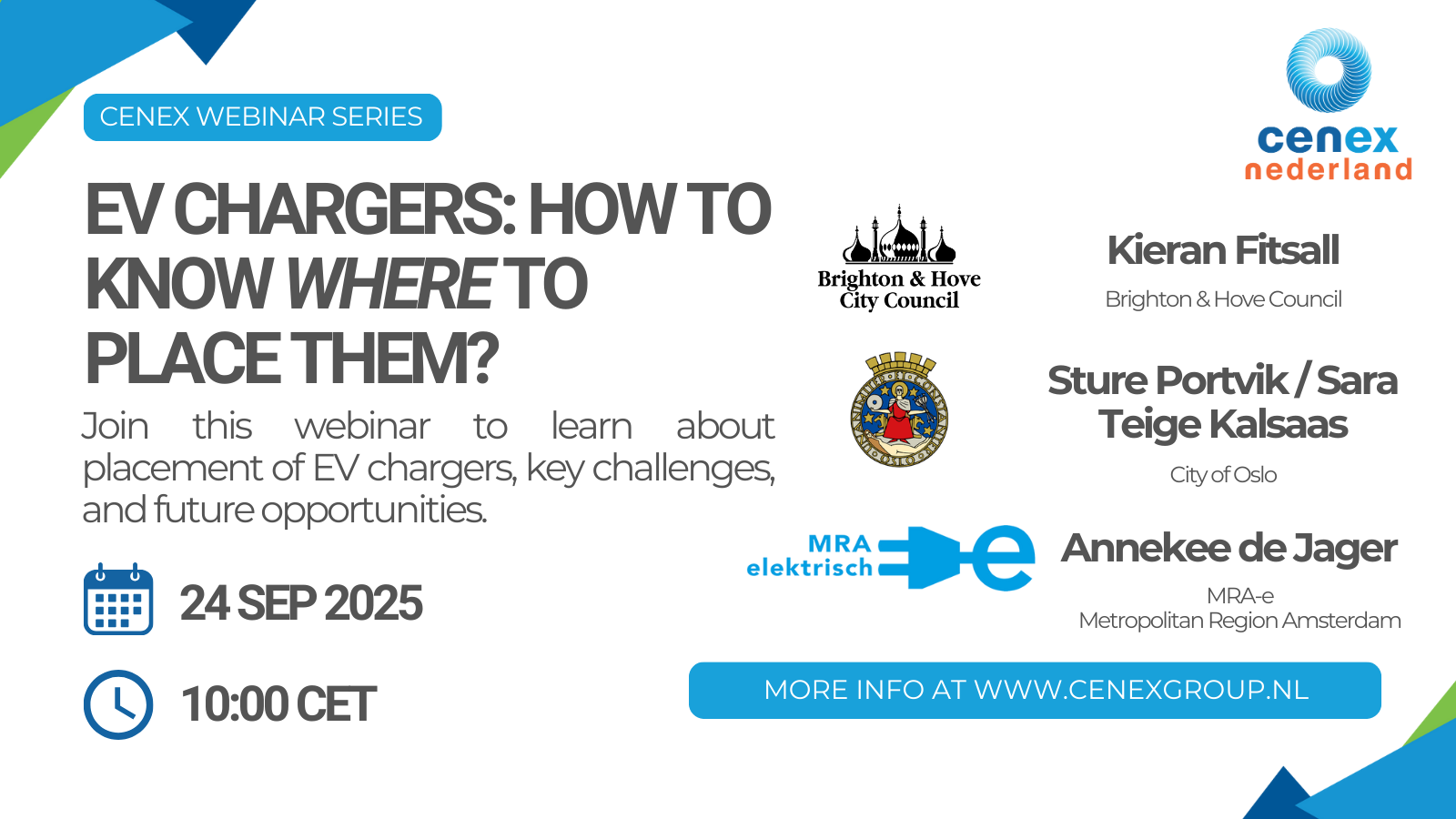The Netherlands wants to achieve a fully circular economy by 2050. The use of raw materials needs to be cut by half by 2030. Further exploitation and mining of scarce materials is to be prevented. Other European counties are expected to set similar targets.
The electric vehicle supply equipment (EVSE) industry worldwide is already affected by material scarcity. One example is silicon, which is needed for semiconductors and is a key component of EV chargers.
The Nationaal Kennisplatform Laadinfrastructuur (NKL) and Cenex Nederland work towards a circular approach of the electric vehicle (EV) charging industry. This starts by exploring the opportunities and obstacles in designing, operating and maintaining charging stations. NKL and Cenex Nederland have connected industry actors, policymakers and procurers to map out the opportunities and challenges within this circular transition. Two roundtable discussions set the stage for: one for industry players and one for policymakers and procuring authorities.
Where is the industry today?
The first roundtable in February 2023 brought together 8 organisations, manufacturers and charge point operators (CPOs) operating in The Netherlands. The participants presented good practice examples for promoting circularity and their experiences from using tools to quantify their emissions.
- Life Cycle Assessments (LCA) are used to better understand the ecological footprint of the chargers;
- Eco-costing is also used as a measure to express the costs associated with preventing an environmental burden.
- Charging units with integrated circularity solutions, such as the use of polymers derived by renewable energy, processing with certified schemes, utilizing a mass-balance approach, and offering full traceability (e.g. using material passports).
The first discussion point was the influence of manufacturers, assemblers, and operators on the EVSE value chain. The consensus is that these “makers” can directly interact with users, because here is a more immediate relation (within the country). They have less impact on the stakeholders further up the value chainso all activities related to the organization’s suppliers.
Past the user phase there are several recognised challenges for the industry also:
- Repairing of charge points is currently hindered by ownership rights and regulations.
- Repair or take-back schemes will enable the EV charging suppliers and operators to influence other actors down the value chain and vice versa.
- Remanufacturing and refurbishing practices are in early-stage with only a few CPOs currently refurbishing their hardware.
- The most challenging components to repair are found to be the kWh meter and controller. That is mainly due to worn-out/oxidized or broken parts.
- The industry recognises the need for documenting production and manufacturing processes of the charge points’ life cycle by means of QR codes.
- The participants expect the EU to regulate product passports and implement certification for the reuse of critical components, while also creating separate categories for certification.
- The need for EU guidelines with regards to “design for reuse & recycling” were also recognised. This will ensure an easier disassembly of the chargers and their components.
Perceived opportunities & barriers
The industry sees several opportunities for promoting circularity. Their advise is to:
- Create (standardised) EU material passports, product requirements and certifications
- Demand true pricing frameworks
- Reduced the reliance on new materials by innovation and knowledge sharing
- Increased pressure from customers and governments.
The barriers that are stopping this from happening are also flagged:
- There is a lack of circular economy knowledge in the industry, compared to for example the public lighting industry;
- Policies are not yet in line with technological possibilities;
- Legislation amongst EU countries differs, making it impossible to further standardise;
- the current state of non-modular product design
- A hesitancy to collaborate due tomarket competition and a lack of a trusted shared platform. However, this roundtable was appreciated as a first step in that direction;
- The often-contradicting consumer demands for new technology and circularity;
- The financial uncertainty of circular business models.
Towards a circular future
The group has great expectations for the use of more accurate data. This will help the challenges they face when mapping out the materials and components used in manufacturing of their chargers, as part of an LCA. Moreover, this data could be the start of a more harmonised framework for LCA of EV chargers in order to create apple-to-apple comparisons.
Product passports are expected to play a catalytic role in material recovery at the product’s End-of-Life (EoL). The questions that need to be answered are which stakeholders should take ownership of the product passports and what requirements should be set for them.
Alternative business models, such as “Charging-as-a-service” seem to foster the development of more durable and modular components and thus to be in line with circular economy. However, the industry needs to understand how circular business models are expected to disrupt their current practices and to also validate their profitability.
Urgent advise for policymakers and procurement bodies
Do
- Encourage true pricing through taxes (both encouraging for the industry to be circular and rewarding for users to buy more circular products);
- Explore different business models together with the industry;
- Help reduce the number of components by implementing uniform certification with a product passport.
Don’t
- Impose new requirements retroactively on existing infrastructure.
This can be very challenging to implement and have a counterproductive effect the circular approach. For example, adding V2G capabilities to existing chargepoints is not always feasible. As a result, functioning chargers are often replaced, ending up in recycling. Enforcing such standards without coordinated actions and take-back schemes offsets sustainability efforts. Similarly, to add payment terminals conform the AFIR proposal might also have a detrimental effect on circularity targets.
Up next
This first session with the industry was the confirmation for NKL and Cenex Nederland that a circular EV charging ecosystem is possible in the near future. Building on the industry insights and recommendations a second roundtable for policymakers, procurement and contracting managers will follow.
The ultimate goal?
To become the independent platform for a circular EV chargers ecosystem. This will allow us to create an open dialogue, to identify further topics for development and, and ultimately to develop a joint ambition for the EVSE sector towards a more sustainable and cost-effective future. We encourage your collaboration and look forward to a circular future!





